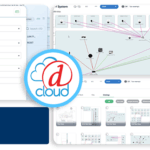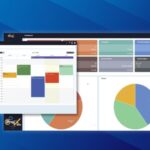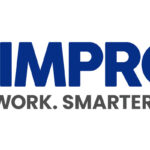Additional items to note about the updated Building Energy Efficiency Standards:
—The occupant-sensing lighting controls requirement to automatically turn off all lighting during vacant periods has been expanded to include indoor parking areas, including parking garages, and secondary spaces.
Under the new code, occupant-sensing controls for such secondary spaces must automatically reduce lighting power by 50 percent in these areas when they are unoccupied: corridors and stairwells; warehouses and open areas; and library book stack aisles greater than or equal to 10 feet in length and accessible from only one end and those greater than or equal to 20 feet in length and accessible from both ends.
—Title 24 2008 required photocontrol devices for all outdoor lighting. In addition to photocontrols, the 2013 standards require automatic scheduling controls; astronomical time-switch controls that automatically turn lights off during daylight hours are allowed as an alternative to photocontrol devices.
—The 2013 code adds occupant-sensing controls to the requirements for outdoor sales lighting for frontage areas, lots and canopies. Also, like outdoor sales areas, building facades, ornamental hardscape and outdoor dining areas must have lighting controls that reduce energy use during unoccupied periods and automatically increase light levels when the space becomes occupied.
Related: The AIA Contract: Friend, Foe or Just a Lot of Reading?
—Title 24 now requires that a commissioning report be completed and provided to each building owner. This includes reports on all functional performance tests completed as part of the acceptance test process.
Projects issued a building permit on or after January 1, 2014 must undergo acceptance testing for: automatic daylighting controls, automatic time switch controls, occupancy sensors, outdoor lighting shut-off controls, outdoor motion sensors, and demand response (DR) controls. Testing of DR controls is a new requirement under Title 24 2013.
If you have lots of time on your hands, you can go to energy.ca.gov and check out all 268 pages of the downloadable PDF, 2013 Building Energy Efficiency Standards for Residential and Nonresidential Buildings – Revised. Thankfully, the California Energy Commission made it somewhat less daunting to figure out what you absolutely need to know about the standards update, with a Summary of Major Changes from 2008 that’s only five pages.
Additionally, to help the integration industry meet the 2013 standards, the Energy Commission developed public domain software to assist with compliance called the California Building Energy Code Compliance (CBECC) software that is a free, open-source program that models residential and nonresidential buildings, giving businesses a better understanding of what is required to be in compliance.













